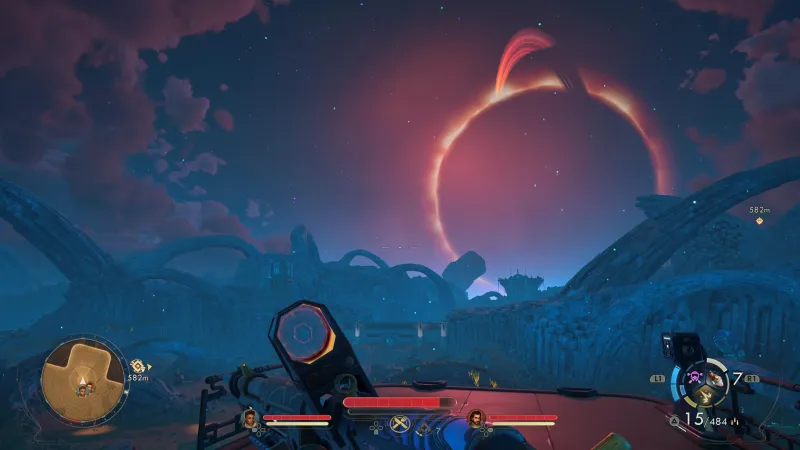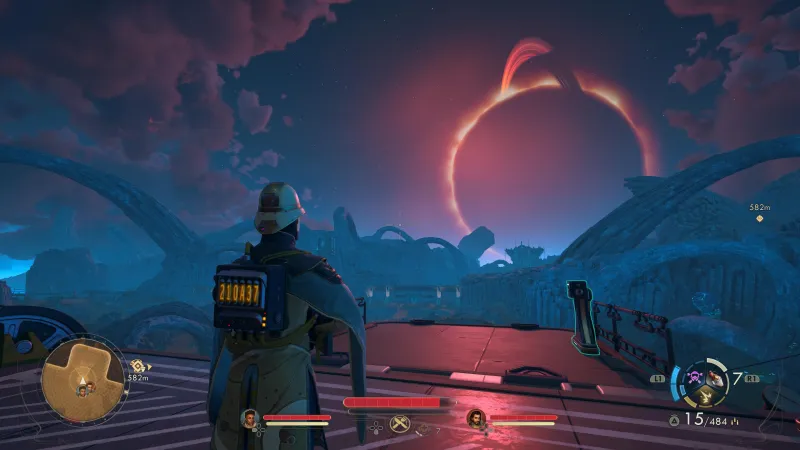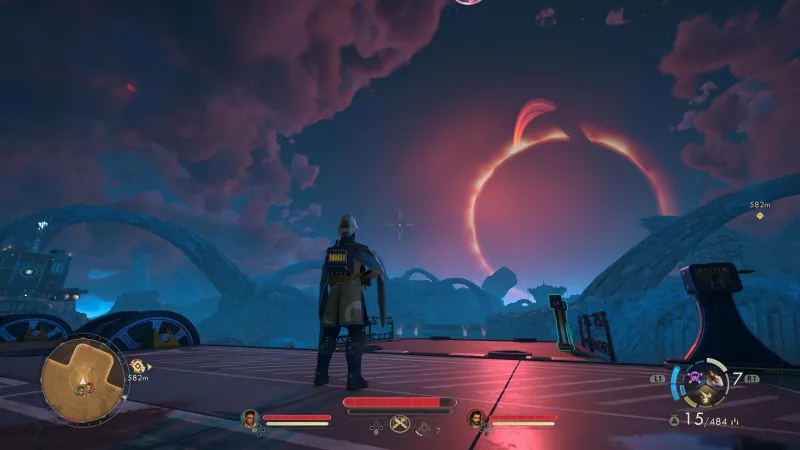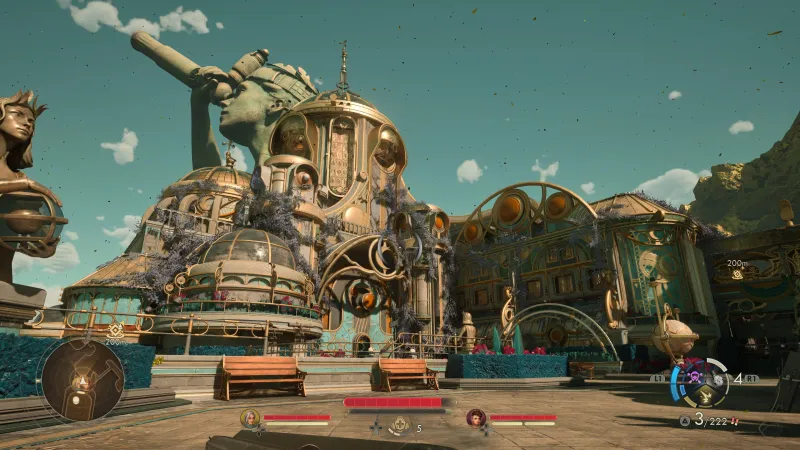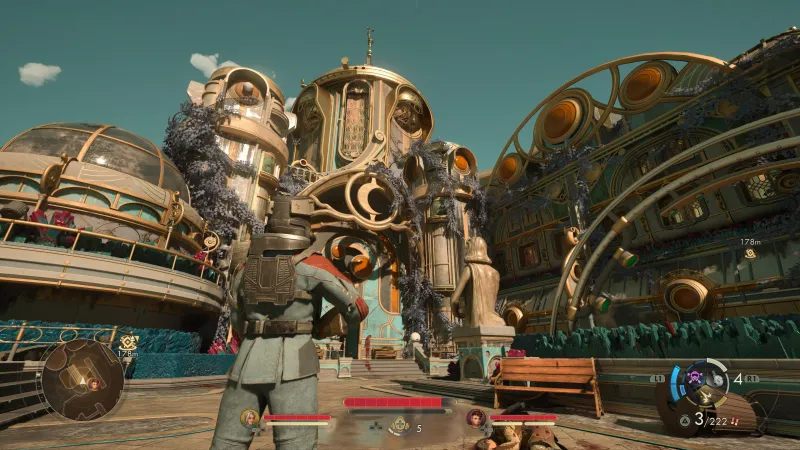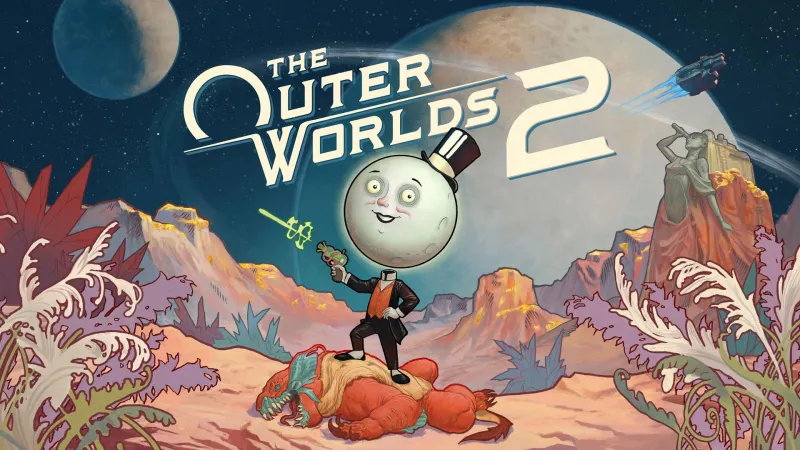
Reviewed on:
PlayStation 5
Platform:
PlayStation 5, Xbox Series X/S, PC
Publisher:
Xbox Game Studios
Developer:
Obsidian Entertainment
Release:
Rating:
Mature
The Outer Worlds 2 doesn’t drastically change the already great formula developer Obsidian Entertainment created with The Outer Worlds more than half a decade ago. Instead, this expansive sequel follows in the footsteps of many other great RPG follow-ups, with more places to explore, more loot to find, and crucially, plenty of new ways to directly influence and shape your own adventure in space. Though its main narrative is anti-climactic, I’m left amazed by how much Obsidian was able to cram into this 30-hour odyssey, with side content that weaves seamlessly in and out of the golden path and a level of reflexivity other RPGs often try and fail to achieve.
The Outer Worlds 2 – Video Review:
Every player begins their journey as a member of the Earth Directorate, essentially a space cop, though the background you select for your player-created hero determines why they end up in the organization’s ranks. After some cosmetic customization and the selection of some traits to mildly shape your hero’s start, you’re thrown into a prologue with tutorials, hidden agendas, and space-altering rifts. The Outer Worlds 2 begins with a bang of mystery and intrigue setting up a conundrum worthy of the planet-and-space-station hopping you’ll be doing soon after; though this storyline wraps up neatly with a bow on top, I wanted more. It wasn’t rushed or paced poorly – it just lacked the structural density I found everywhere else.
As I watched the credits scroll by, though, arguably the most overused cliche continued to swirl around my head and I’ll begrudgingly use it here: The Outer Worlds 2 isn’t about the destination; it’s about the journey.
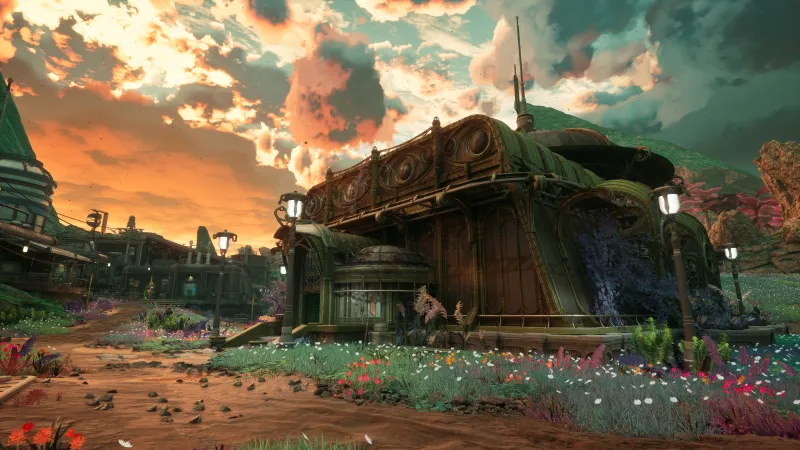
From the moment I landed on Paradise Island, a lush, tropical, coastal locale on the Earth-like planet of Eden, The Outer Worlds 2’s gears started turning and they rarely stopped (except for that time a body was humorously crushed within the literal gears of a moving platform during a side quest that yielded me double-jump jet boots). Though Obsidian’s dialogue uses a veneer of comedy to keep most everything light – even, murder; especially, murder – beneath the surface is another stirring examination of capitalism and religion. And though you might arrive at different conclusions based on what you bring to The Outer Worlds 2 and the decisions you make throughout it, I’m happy this sequel challenged both with sharp writing and fun twists and turns.
Capitalism is bad, and the executives at the top are too, but what about the manager standing between them and the working class? How intrinsically tied up are the bourgeois and religion’s place in their ideal society? Are free markets ever really free? Obsidian isn’t breaking new ground here, but I like that it has something to say and gives me the room in dialogue and mechanical gameplay to respond in kind.
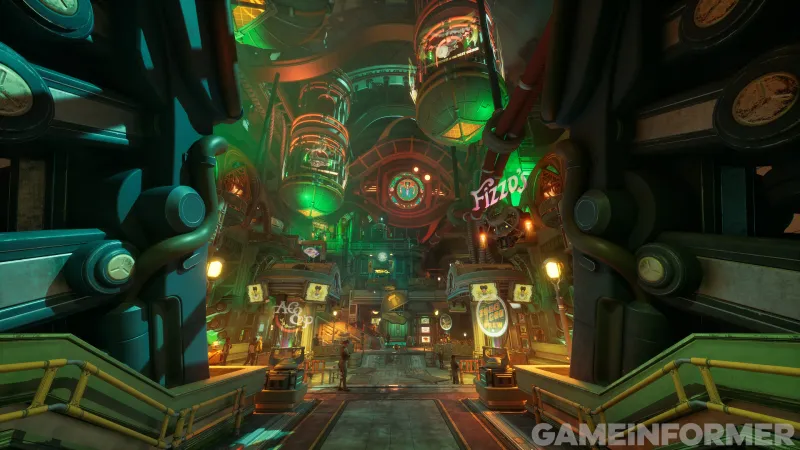
It does so with excellent first-person gunplay (and a so-so third-person camera for those who want it) that makes the feel of the original game laughable. There are a set number of weapons, but mods and small changes, like plasma and shock variants, do a good job of replicating a wider swath of guns and melee weapons to use. The legendary weapons and even rarer science weapons are fresh and unique, guaranteeing I at least give each one a go within my growing arsenal. I especially like the Moon Man machine gun that levels up as I use it, increasing in damage and shooting speed as it does, and the repeater rifle that puts a doom marker on enemies struck in weak spots. Melee wasn’t my speed in The Outer Worlds 2, but one rainbow sword that turned combat into a rhythm game (complete with a gospel-like praise break after enough successive hits) showcases just how wild these types of weapons can get.
Enemy AI is smart and tactical, and I died more in The Outer Worlds 2 than any recent RPG of memory. I was constantly adjusting my approach, grenade loadout, and when and how I’d use my companions’ special abilities, like Niles’ that draws aggro or Aza’s that unleashes an explosive life-ending blast of flames at the targeted enemy, in order to come out alive. Enemy types, whether human, automechanical, or an alien creature, play a role in combat that teases out strategy as you advance forward.
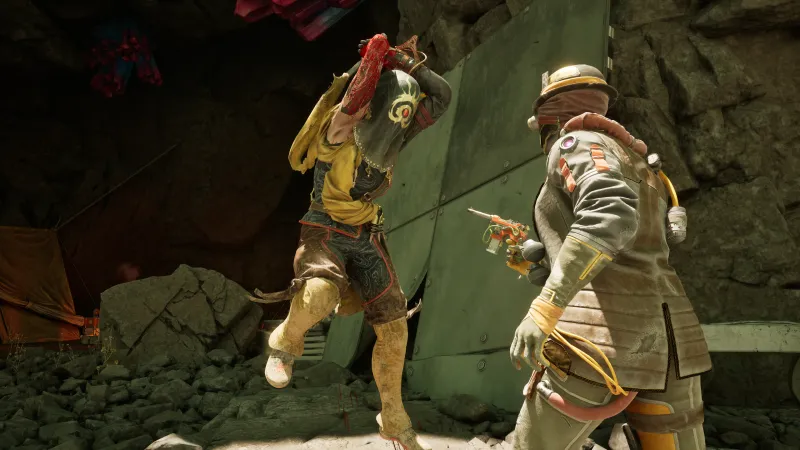
You can absolutely play The Outer Worlds 2 as a straight shooter, using bullets and explosions to breach enemy lines, and there are simple skills and perks, like one that increases ranged damage and a perk that increases damage resistance, to accommodate that playstyle. But The Outer Worlds 2 is a vastly better game when you interact with its other systems to accomplish what you want. Save for stealth, which felt decent in exploration but imbalanced in combat, each approach to a situation I experienced felt unique, as if I was the only player who could have completed it like that. I loved using dialogue to completely skip boss fights, and Obsidian injects tension into conversations I feared I might miss by avoiding a shootout, making talking it out just as satisfactory as companion Aza’s preferred method of murder.
I especially enjoyed the ways side content, like companion quests which help increase the effectiveness of each member on your team while revealing more about who they are, and standard side quests, ranging from wacky to earnest, blended with my hero’s main objective. Some missions simply offer more to do, like quests that tasked me with collecting comics or art pieces, but the majority of these side quests provide insight into the leaders and organizations I was negotiating with throughout the main story. What I learned helping out those in need throughout the colony often colored the bigger decisions I made to save Arcadia.
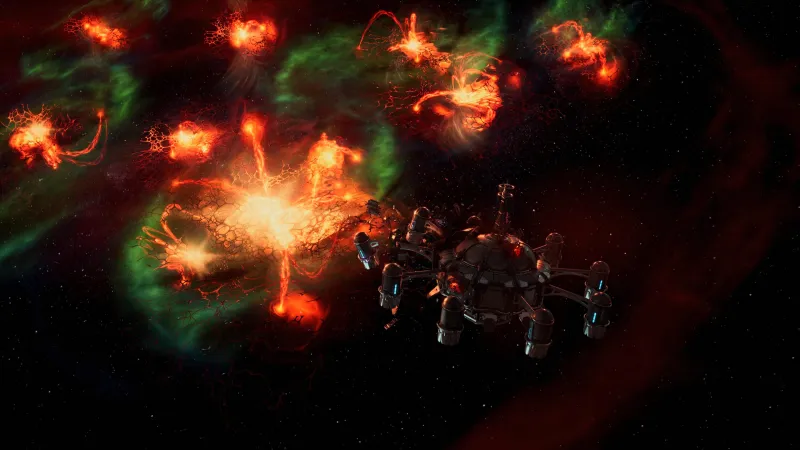
Companion quests are more hit or miss, with some arriving too late in the journey for me to care as much as I’d like, and others securing someone’s place as a permanent member of my on-foot trio. Regardless, they’re all worth doing for the mod kit reward that changes how each companion works in combat. It’s through these companion quests and subsequent kits that I was able to slot them into the archetypes I knew I was missing based on how I shaped my hero. As a more nimble, smooth-talking run-and-gunner with an eye for cash, having someone like Tristan fulfill the role of tank with Aza on sneaky assassin duty helped round out my party.
Though I’m not the player to so quickly replay something after beating it, The Outer Worlds 2 makes a compelling case for additional playthroughs, particularly in how it provides teases to the other ways I might have solved something. While dialogue options, strategic choices, and other RPG things made my playthrough feel flexible, it’s the returning Flaws feature that makes this sequel feel more reactive than most role-playing adventures. Though optional, Flaws playfully call out specific playstyles – like one that rewarded my habitual desire to reload even a single bullet with a larger magazine on all weapons but a damage nerf if I ever completely unload a clip – to make me feel seen, watched by some meta-hand housed within Obsidian. I adore this system and love that new Flaws became apparent up until the final minutes of The Outer Worlds 2, showcasing that even in the finale, how you play makes a difference.
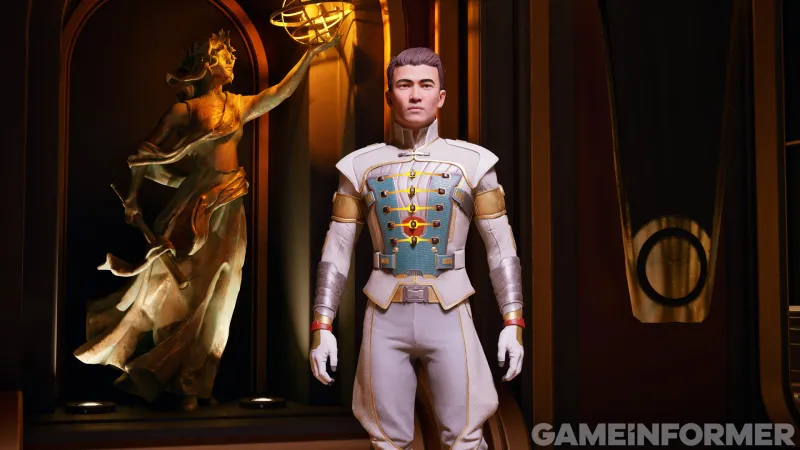
Though its gaudy art might make some miss the more toned-down apocalyptic visuals of Obsidian’s past, The Outer Worlds 2 is the studio’s prettiest game yet, with contrasting colors painting a vibrant colony system to explore, and though I felt its score was far too sparse, the new radio deftly picks up the slack. It features Auntie’s Choice commercials that feel like humorous QVC segments my mom used to watch, songs that propagandistically tell the stories of the mighty Sovereign and Protectorate, and 20th-century jazz tunes that will scratch a certain Fallout itch. I like that a few side missions come directly from this radio, too, as a proximity chat for those in need.
There were a few persistent bugs, like the inability to use up on the d-pad when first entering the inventory or a couple of spots where I needed to reload a save to advance, but even on PlayStation 5, which is outside of Obsidian and Xbox’s typical ecosystem, The Outer Worlds 2 ran well; my PS5 Pro in particular allowed the game to sing, with its smooth 60 FPS performance and 1620p resolution (and the 40 FPS/4K Balanced Mode does just as well if you prefer).
The Outer Worlds 2 expectantly addresses the shortcomings of its rather short predecessor, adding to the formula to give players even more opportunities to shape the adventure. Though your throughline narrative will likely look similar to mine when you roll credits, the choices at your disposal, whether in or out of combat, and what you do with them in the game’s various predicaments, will provide a unique flavor that will likely remain your own. The Outer Worlds 2 doesn’t break the mold of RPGs of this ilk, but it does use that well-established framework to craft the reflexive adventure Obsidian has been clearly working toward for years. The result is my favorite Obsidian game yet.

